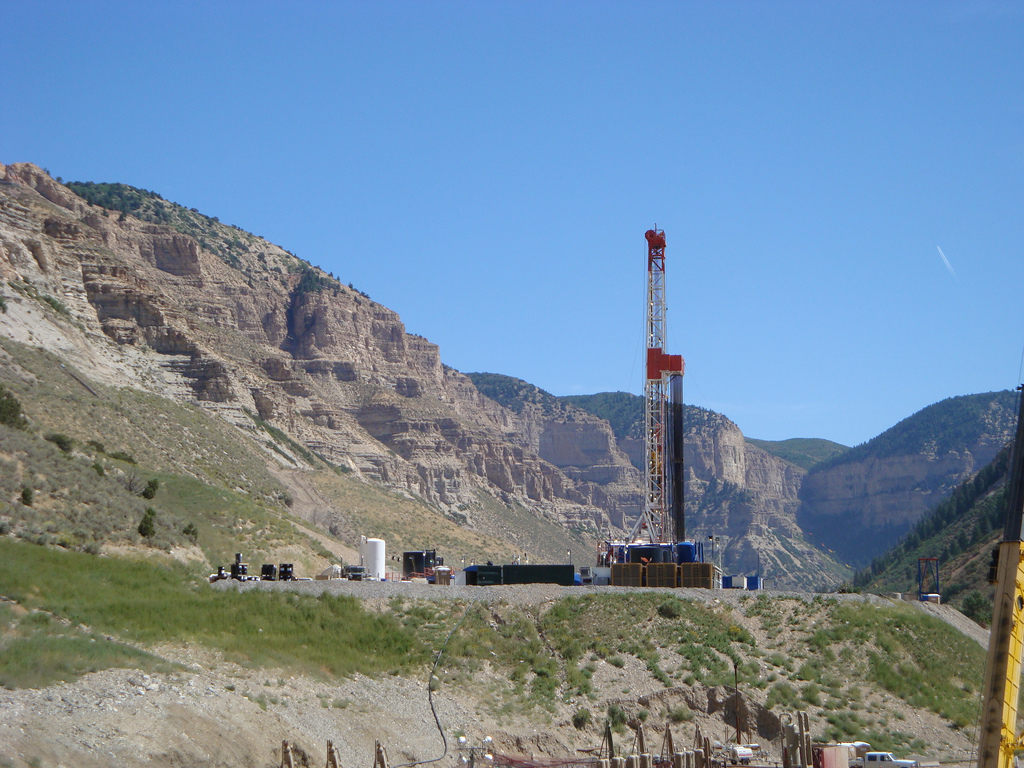
ASP Mention: Geopolitics of Liquid Natural Gas: two perspectives out of Washington
Originally Posted on the CDA Institute Defense and Security Blog
By Paul Hillier
As the United States’ unconventional oil and natural gas reserves undergo their continued exponential growth, and reports from the International Energy Agency have begun speculating that the United States could surpass Saudi Arabia as the world’s largest oil producer by 2017, surpass Russia as the world’s largest gas producer by 2015, and be energy sufficient within 25 years, the security and defence community has begun scrambling to consider the geopolitical ramifications.
Two such reports stand out this year: one by Nick Cunningham of the American Security Project and the other by Sarah Ladislaw and Maren Leed of the Center for International and Security Studies. Both focus primarily on the geostrategic implications from the United States’ perspective. However, they diverge in that Cunningham’s, aimed at US policymakers, advocates in favour of deregulating international energy exports; by contrast, Ladislow-Leed’s takes a more cautious approach, delving into the current challenges and the future uncertainties associated with exporting unconventional oil and liquid natural gas (LNG).
Energy resources have long been used as a political tool, and possession of them has made or broken economies. Drawing from these two reports, the question is whether increased supply from traditional net-consumers will breed increased stability in international markets.
First, it should be noted why there is increased supply. Both the Cunningham and Ladislaw-Leed reports point to a wide array of factors that have driven exponential advances in technologies to make new resources available economically in the fields of both unconventional oil as well as LNG. Internationally, the Fukushima nuclear accident awoke significant concerns for nuclear energy, while environmental stewardship and concerns for climate change continue to push interest away from dirtier fuels such as coal. Within the United States, reducing dependence on foreign reserves was a campaign pledge made by many political candidates.
With this booming production having lowered natural gas prices in the United States to one-fifth of what they are in other parts of the world, Cunningham focuses on the question of whether American regulators will allow an even greater amount to be shipped overseas. However, the wider geopolitical trends may not necessarily be determined by American action (or inaction), as Ladislow-Leeds point to.
International supply will increase both because the United States is no longer importing such a large quantity, freeing up resources to be exported elsewhere, and because technological advancements such as horizontal drilling and hydraulic fracturing are not only increasing US production, but countries such as Russia may also reasonably expect to find significantly more reserves suddenly economically viable.
From a geostrategic perspective, the increasing stability of international energy markets is a national interest. The question, therefore, may be less about (de)regulation and more about assessing whether expanding options for energy supply creates stability, or whether maintaining a balance of mutual dependence is the important determinant for energy security.
As examples of the former, US LNG exports could lessen its Western European allies’ dependence upon Russia’s Gazprom and Turkey’s dependence upon Iranian sources. It can be also be argued that reducing allies’ dependence on countries that have frequently experienced turbulent events (which lead to sudden spikes in prices) and that have showed a willingness to use energy as a political tool, will produce greater stability in international energy markets.
However, the Ladislaw-Leed report hints that while Europe and Turkey are subject to occasional manipulations based on the national interests of their respective suppliers, reducing dependence upon occasionally unfriendly sources may come at a cost. Increased production by traditionally net-importing countries may “erode impetus for closer relations” with traditional suppliers. Relations between the Middle East and China, as well as between the Middle East and the United States, have been tenuous to say the least. Security alliances that are grounded upon mutual dependence may begin to be tested should that mutual dependence disappear.
Above all else, stability in international energy markets needs to continue to be thought of as a national interest. The United States has long-since recognized this link between energy stability and national interest; meanwhile, Canada – primarily in the past decade – has also adopted such thinking. The Cunningham and Ladislow-Leed reports provide a cursory glance at the links between exponentially increasing energy supplies and their geopolitical implications, while both critically approach the issue from the perspective of their country’s national interest.





